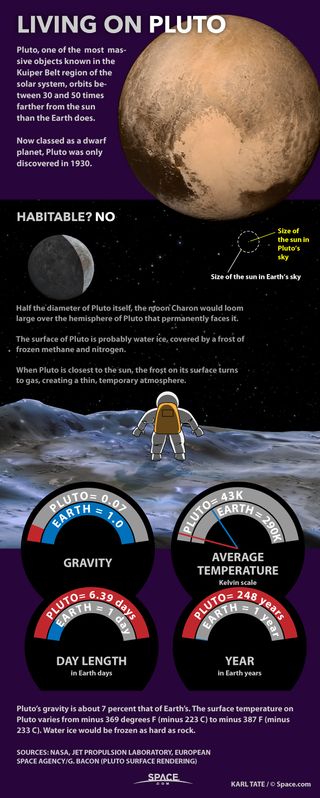A highly elliptical orbit (HEO) is an elliptic orbit with high eccentricity, usually referring to one around Earth. Examples of inclined HEO orbits include Molniya orbits, named after the Molniya Soviet communication satellites which used them, and Tundra orbits.
Elliptical Satellite Orbit
Such extremely elongated orbits have the advantage of long dwell times at a point in the sky during the approach to, and descent from, apogee. Bodies moving through the long apogee dwell appear to move slowly, and remain at high altitude over high-latitude ground sites for long periods of time. This makes these elliptical orbits useful for communications satellites. Geostationary orbits cannot serve high latitudes due to their altitude from ground sites being too low.[1]
Sirius Satellite Radio used inclined HEO orbits, specifically the Tundra orbits, to keep two satellites positioned above North America while another satellite quickly sweeps through the southern part of its 24-hour orbit. The longitude above which the satellites dwell at apogee in the small loop remains relatively constant as Earth rotates. The three separate orbits are spaced equally around the Earth, but share a common ground track.[2]
Highly Elliptical Orbit Comet Or Asteroid
On Highly Elliptical Orbits Around The Center Of The Milky Way That Are Randomly Arranged 2.They Do Not Appear To Orbit At All. Scientists Are Very Confused About How They Manage To Stay In One Place Without Orbiting. 3.On Circular Orbits That Are Perpendicular To The Disk (plane) Of The Milky. Highly elliptical orbit, HEO, basics As the name implies, an elliptical orbit or as it is more commonly known the highly elliptical orbit, HEO, follows the curve of an ellipse. However one of the key features of an elliptical orbit is that the satellite in an elliptical orbit about Earth moves much faster when it is close to Earth than when it is further away.

